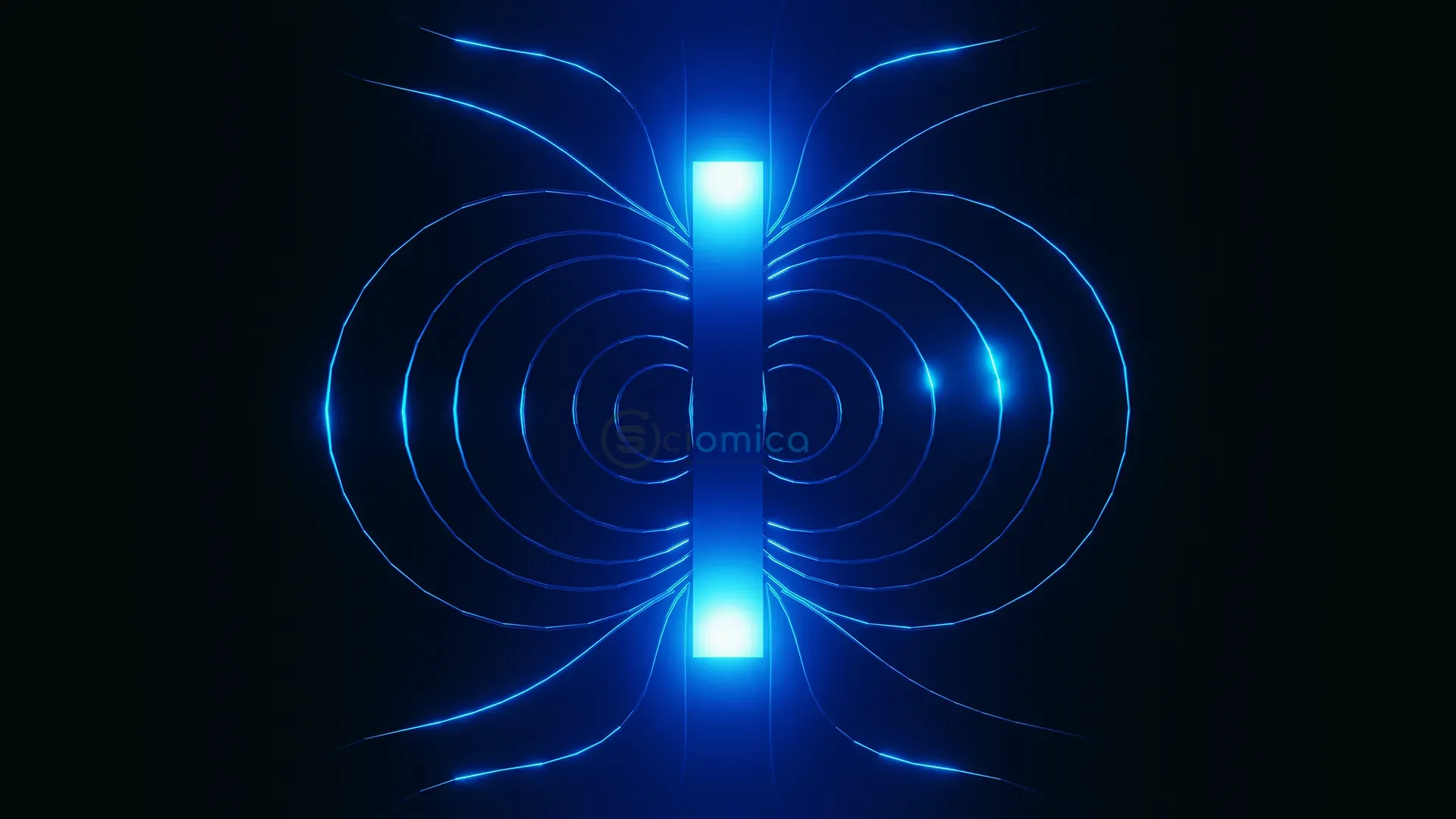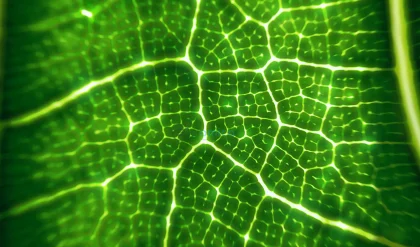
Physicists from Germany have made strides in the field of magnetic field generation, unveiling a groundbreaking technique that utilizes permanent magnets to create highly homogeneous magnetic fields. Professors Ingo Rehberg from the University of Bayreuth and Peter Blümler from Johannes Gutenberg University Mainz have showcased that their innovative method surpasses the traditional Halbach array, which, while theoretically efficient, is limited by its reliance on infinitely long magnets that are not practically feasible. Their research, published in the prestigious journal Physical Review Applied, highlights significant developments at the intersection of physics, engineering, materials science, and medicine.
The traditional Halbach configuration is known for its effectiveness in producing homogeneous magnetic fields, but it operates under the unrealistic assumption of utilizing infinitely long magnets arranged in a specific circular formation. This idealization does not hold up in real-world applications where only magnets of finite lengths are available, leading to substantial discrepancies in the resulting magnetic field strength across different locations within the arrangement. Consequently, conventional Halbach designs prove inadequate for compact setups that ideally require the most robust and uniform magnetic fields possible.
In their recent study, Professors Rehberg and Blümler proposed optimal three-dimensional arrangements of compact magnets, simplified as point dipoles for analytical purposes. Their research examined the best orientations for these magnets, analyzing two geometries relevant to practical use: a single ring and a stacked double ring. Notably, they introduced a “focused” design that enables the generation of homogeneous fields beyond the immediate vicinity of the magnet arrangement, which could be particularly beneficial for objects located above the magnets.
To validate their new magnet arrangements, they developed analytical formulas and carried out experimental tests. Using a setup of 16 FeNdB cuboid magnets mounted on custom 3D-printed supports, they measured the resulting magnetic fields and compared them to their theoretical predictions, achieving remarkable consistency. The findings demonstrate that their novel configurations not only provide greater magnetic field strength but also superior homogeneity compared to both the classic Halbach setup and its existing variations.
These new design concepts hold immense promise for various applications requiring robust and uniform magnetic fields. One significant area is magnetic resonance imaging (MRI), where powerful superconducting magnets are currently employed to polarize hydrogen nuclei in human tissues. These nuclei are subsequently excited by radio waves, which are then detected and processed to create detailed cross-sectional images, aiding physicians in differentiating tissue types based on key properties such as density and water or fat content. However, the technology associated with superconducting magnets is complex and entails high costs, making it less accessible in numerous regions around the globe. The alternative approach of utilizing permanent magnets for creating homogeneous magnetic fields, as presented in this research, offers a compelling solution to enhance MRI technology.
In addition to medical imaging, potential applications for the innovative magnetic configurations could extend to particle accelerators and magnetic levitation systems, paving the way for advancements across industries reliant on magnetism. With ongoing research in this domain, the work of Rehberg and Blümler represents a significant step toward harnessing permanent magnets to produce more effective and practical magnetic field generation solutions.
Reference:
- Ingo Rehberg, Peter Blümler. Analytic approach to creating homogeneous fields with finite-size magnets. Physical Review Applied, 2025; 23 (6) DOI: 10.1103/9nnk-jytn






